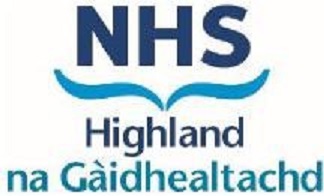Lyme disease (Antimicrobial)

Warning
What's new / Latest updates
25/04/24:
- The specific antibiotic guidance previously available on this page has been removed and users are advised to link through to the resources below for guidance.
Prophylaxis
Prophylaxis following a tick bite is NOT recommended.
Note: Community Pharmacy staff can provide advice on tick removal, but they do NOT offer a tick removal service.
Diagnosis
- The NICE guideline, NG95, covers diagnosis.
- For more information, the British Infection Association published a UK position statement on epidemiology, prevention, investigation and treatment of Lyme borreliosis in 2011.
The rash of Lyme disease is an expanding erythematous rash, usually at the site of tick bite. It usually appears 3 to 30 days after tick attachment and reaches at least 5cm in diameter. The tick bite is often not noticed. A lesion appearing within 24 hours of tick attachment or receding in 48 hours is likely to be a hypersensitivity reaction.
- Lyme disease images on different presentations of erythema migrans are available via NICE resource.
Expert advice
- If there is diagnostic or management uncertainty, please discuss with local Microbiology, Infectious Diseases (ID) or Paediatric consultants.
- Specialist advice can be obtained from the National Reference Lab. See user manual for contact information: Scottish Microbiology Reference Laboratory: Lyme disease and tick-borne infections User manual 2024.
Antibiotic treatment
NICE Guideline (NG95) on diagnosis and treatment of Lyme disease was published in April 2018.
The antibiotic guidance has been summarised in a useful infographic by the BMJ but please refer to the full NICE Guidance for additional information.
Please note the high doses of amoxicillin throughout and the higher dose of doxycycline for CNS disease.
- In children (people under 18) discuss management of Lyme disease with a specialist, unless they have a single erythema migrans lesion with no other symptoms. See NICE recommendation 1.3.2.
- Children weighing above the specified amounts, but under the age of 12, should be treated with the dose for adults and children aged over 12 years.
- Ask women (including young women under 18) if they might be pregnant before offering antibiotic treatment for Lyme disease (see NICE recommendation 1.3.18 on treatment in pregnancy).
- For Lyme disease suspected during pregnancy, use appropriate antibiotics for stage of pregnancy.
Erythromycin should NOT be used to treat Lyme disease.
